ETL vs ELT: Key Differences, Benefits & Use Cases Explained
It's amazing to see how Data teams today are racing ahead - moving from traditional warehouses to cloud-native platforms, lakehouses, and real-time architectures. But in this rush,...
The customer is a well-known training and development service provider in Australia that offers training on various computer courses such as MS Excel, MS Office, SQL, Xero, PHP, HTML, CSS, JavaScript, jQuery, and many more. They have helped several clients, both corporate and government with cost-effective training and development services.
Managing operations while nominating and electing executives for the building voting process was a difficult and time-consuming task. Keeping a transparent voting process, maintaining confidentiality and security is quite challenging. To overcome the confidentiality issue and automate the voting process, our customer realized the need to develop a reliable and sustainable system for building a voting process which could offer resilient features to the users.


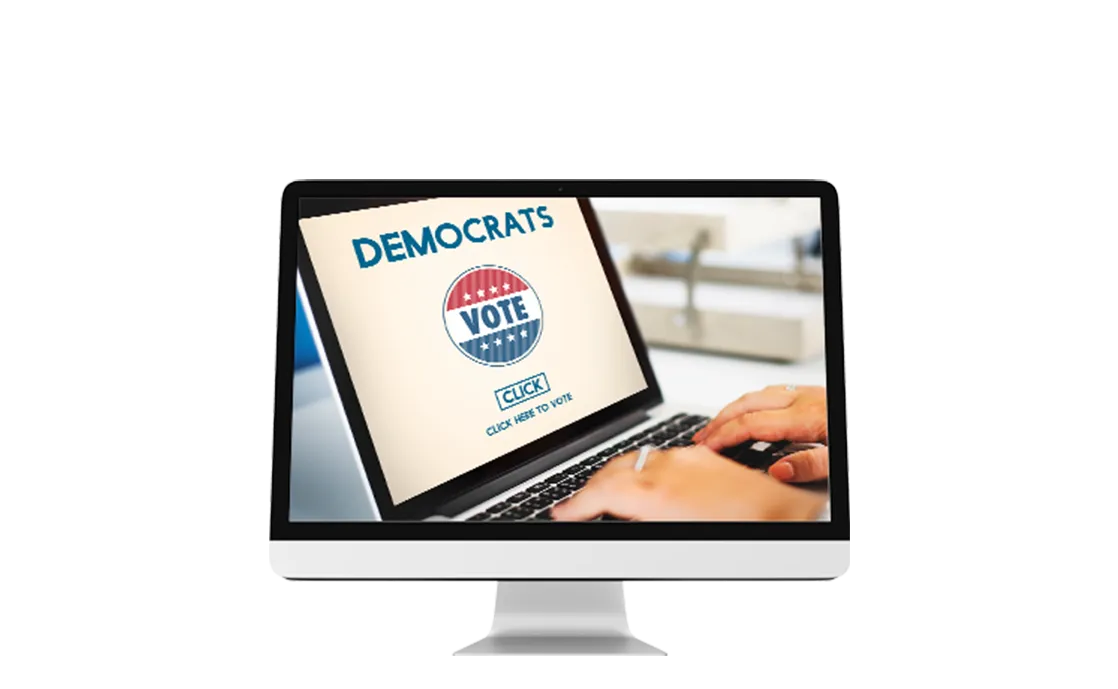
We encourage you to contact us with any questions or comments you may have.

iFour Technolab Pvt. Ltd., a leading .NET development company in USA, materialized customer concept with a web-based application that automates the building voting process.
iFour Technolab offers high-quality custom software solutions to various industrial domains. Clients can hire Node.js developers , WPF developers, Angular experts, Blockchain developers to cater to the needs of their business.
The system offers the following features.
Secure registration for users and strata managers
"Creation, Maintenance and Monitoring" of an AGM (Annual General Meeting) includes owners and general public attendance, registration of proxy voters, registration of executives
Generation of the paper-based vote, creation of encrypted URL for vote validators to enter the votes, send URL via email or SMS to vote validators managed by the strata managers
Administrator and Strata manager manages nomination of executives and vote validators for each AGM.
"Creation and Assignment of owners to lots" is handled by the strata managers
"Admin Portal" provides full privileges of the system including administration of strata managers
Strata managers are responsible for "Management of Building Managers and Owners"
Assignment of EC member for building after EC Vote
"Report Generation" module produces dynamic and accurate reports of the results as per the need of the customer
Import/Export functionality provides offline utilization of the reports
With the reliable solution provided by the iFour Technolab Pvt. Ltd., customer was able to automate the entire building voting process. The new system ensured the transparency in voting and confidentiality of the casted votes. The system made the voting process secure by encrypting the voting URL.
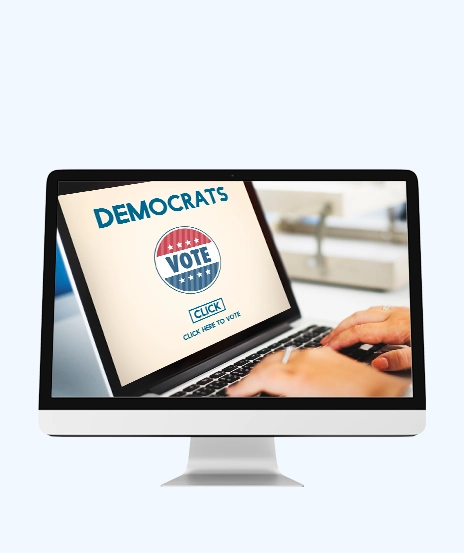
About Customer Customer is a leading training provider in Australia. Customer offers various computer programming or Microsoft training courses like MS Excel, MS Office, SQL, Xero, PHP, HTML, CSS, JavaScript, jQuery, and more. Customer is a preferred...
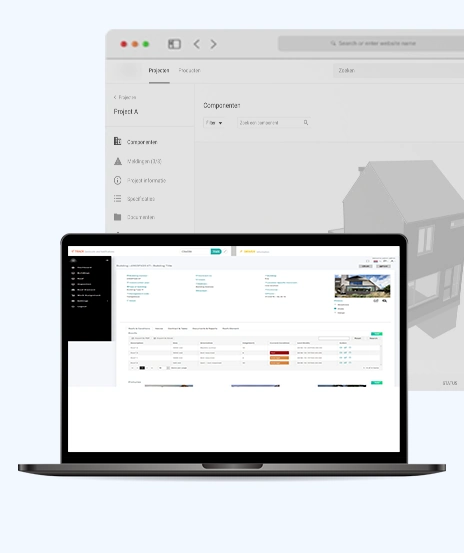
About Customer The customer is the leading consultant in the real estate domain. They offer maintenance contract that includes an annual inspection, cleaning roofs and small damage repairs. Customer works for professional building managers of...
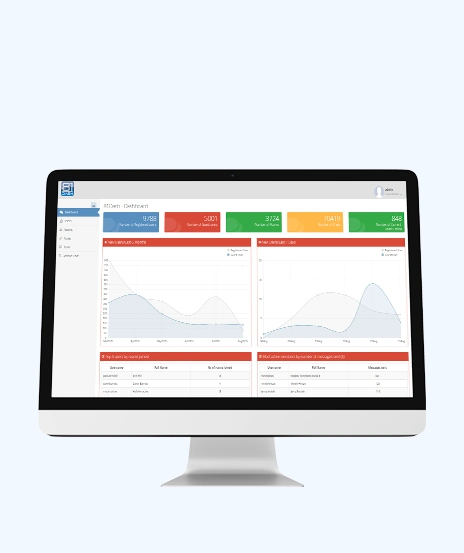
About Customer The customer is an application development company in United States that has focus to develop innovative and revolutionary applications in Education sector. Its mission is to provide users with web applications and sustainable...

About Customer Customer is a leading Gujarati media company in India engaged in Gujarati movies production, theatres and casting artists for various movies and projects. Customer has experience producing many prominent Gujarati movies and serials....
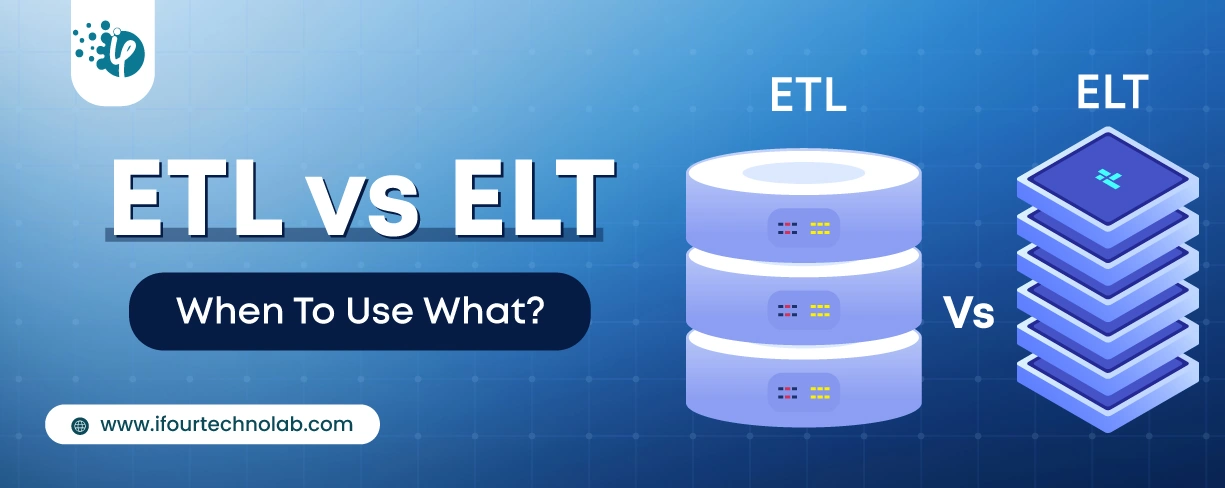
It's amazing to see how Data teams today are racing ahead - moving from traditional warehouses to cloud-native platforms, lakehouses, and real-time architectures. But in this rush,...
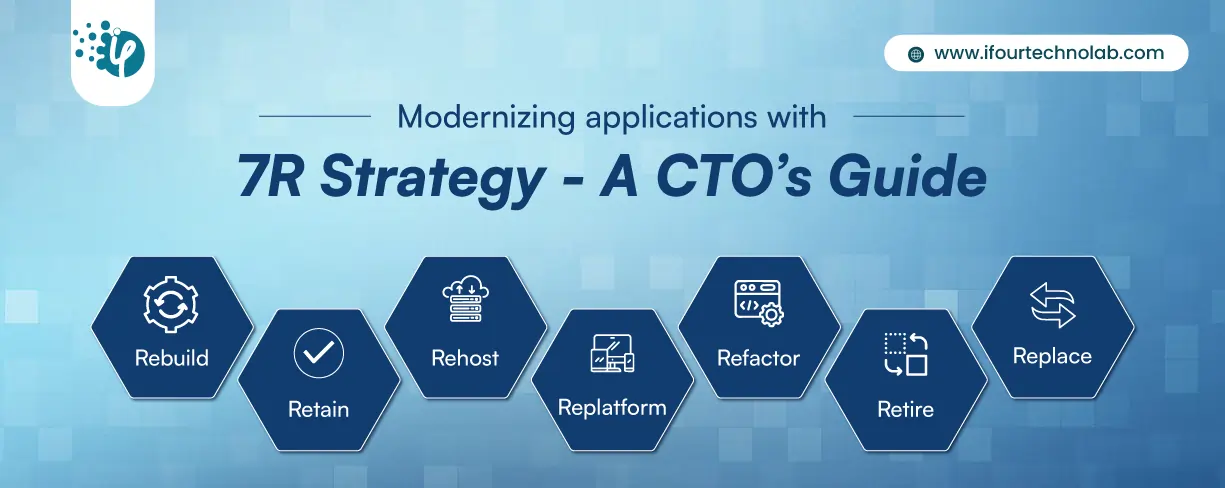
Think about the last time CTOs spent most of their time fixing old systems. Updates were slow, servers were expensive, and adding new features took time. Now, things have changed....
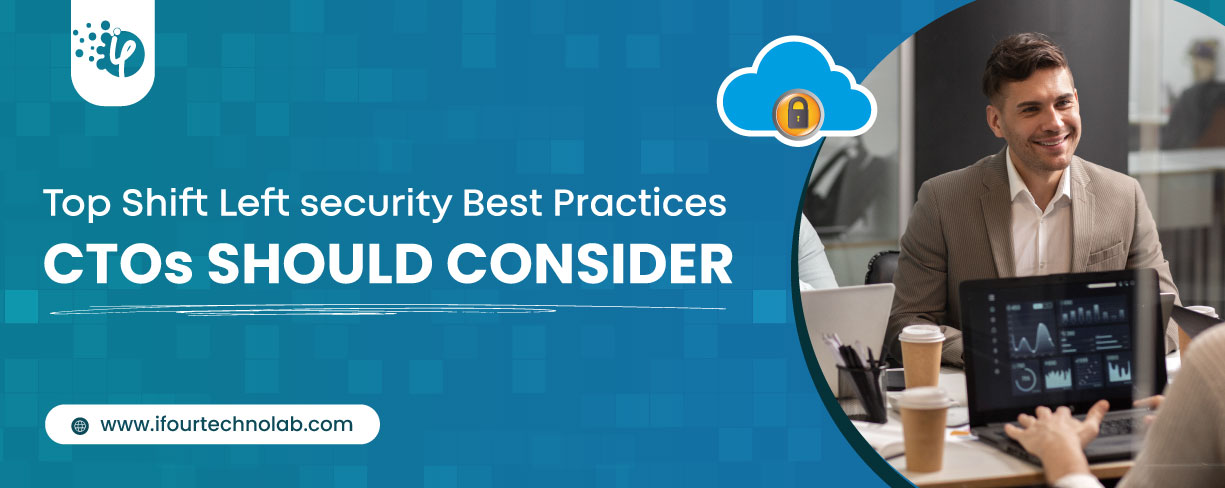
According to HackerOne, fixing a security issue after software is released can cost 30 times more than fixing it during development. Today, CTOs take a different approach. Shift...